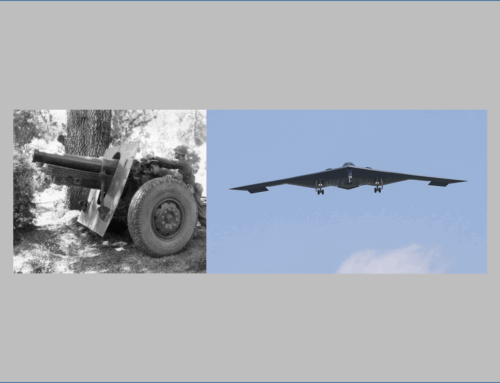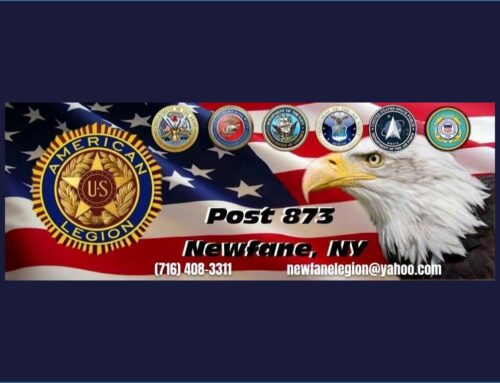Veterans History Project: Captain Allen M. Sumner, Jr., USMC in WWI
Published: 5 April 2024
via the Library of Congress Veterans History Project website

Allen M. Sumner, Jr.
Service portrait of Allen Sumner. ca. 1917. Allen M. Sumner, Jr. Collection. Library of Congress Veterans History Project.
World War I Correspondence Collections in the Library of Congress Veterans History Project
Unit: 5th Marine Regiment; 81st Company, 6th Machine Gun Battalion
Branch of Service: Marine Corps
Rank: Captain
“I am resolved to do the best I can no matter where they put me.” (Letter to wife Mary, December 22, 1917)
Allen Sumner was born on October 1, 1882 in Boston, Massachusetts, and graduated from Harvard University in 1904. He was commissioned as a Marine officer in 1907, but left the Marine Corps to return to civilian life in January 1914. He returned to the Marine Corps as a Reserve officer on March 17, 1917, a few weeks before the U.S. entered into World War I.
Sumner was activated and assigned to be the commander of 20th Company, 5th Marine Regiment, which was in the process of forming in Philadelphia. The 5th Marines, as members of the 4th Marine Brigade, deployed to France in the summer of 1917 as part of the American Expeditionary Forces (AEF). He was later reassigned to be executive officer of the 81st Company, 6th Machine Gun Battalion. His original company commander with the 81st Company was his wife’s cousin, Major Littleton W.T. Waller, Jr., who paved the way for Sumner to take over command when Waller left the unit in April 1918.

Sumner’s wife, Mary Morris Sumner, and daughter, Margaret Page Sumner. Allen M. Sumner, Jr. Collection. Library of Congress Veterans History Project.
Sumner and his colleagues underwent several months of training after arriving in France, while also guarding rear areas. They were inserted into the front lines on the Western Front in March 1918. Sumner and his unit participated in the Battle of Belleau Wood in June 1918, an Allied victory that was to become an important chapter of Marine Corps history. Sumner also participated in the Battle of Soissons in July 1918, an Allied counterattack that was part of the Second Battle of the Marne, during the last major German offensive of the war. He was awarded the Silver Star on three occasions, as well as the Croix de Guerre twice by the French government.
As a Marine officer with the AEF, Sumner rubbed shoulders with some fellow officers who would go on to become prominent figures in Marine Corps history, including Robert L. Denig External, Clifton B. Cates External, and Littleton Waller, Jr. External These officers are mentioned in his letters, as is Army surgeon Jefferson Randolph Kean External, his wife’s uncle who served as Chief of the Department of Military Relief, American Red Cross during World War I.
What comes through most powerfully from his letters, however, are the relationships he had with his wife Mary, his daughter Margaret, and the men who served under his command. The majority of the correspondence in his collection are letters he sent to Mary, and from them one can see evidence of a deeply devoted couple that endured trying circumstances. The love that Allen and Mary had for their daughter is also obvious, as they discuss her often, and Allen also corresponded with Margaret while he was in France.
Allen’s dedication to his Marines is also revealed in his letters to Mary, as he clearly worried about them and wanted to make sure they were prepared for combat. It is also evident from a letter one of his subordinates wrote after the war, wherein he stated that he had “never served under a kinder or more humane commanding officer, or one who was more beloved by his men.”
Read the entire article on via the Veterans History Project website here:
External Web Site Notice: This page contains information directly presented from an external source. The terms and conditions of this page may not be the same as those of this website. Click here to read the full disclaimer notice for external web sites. Thank you.



